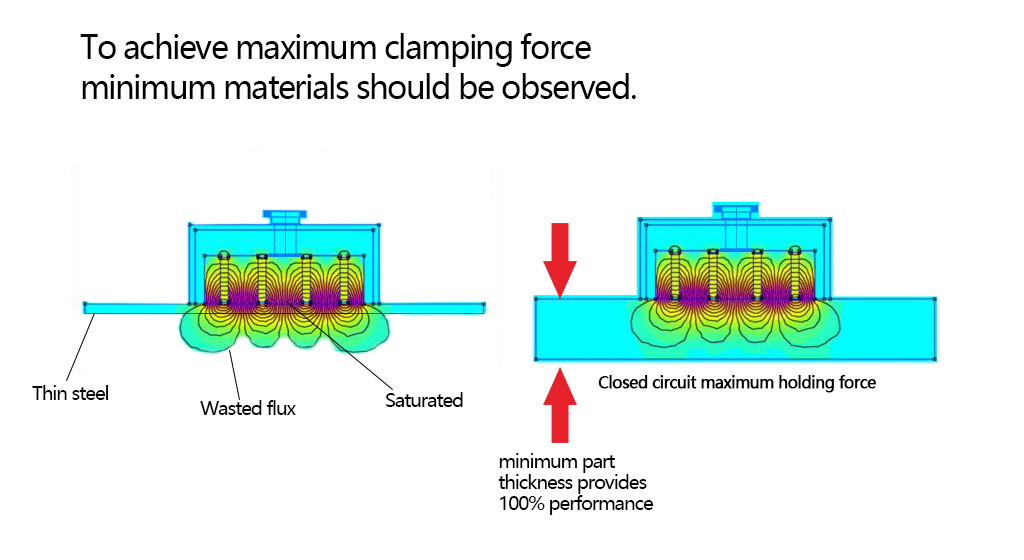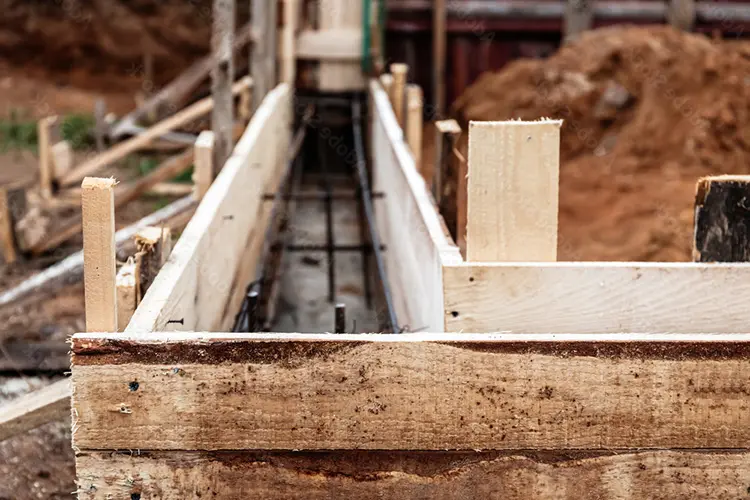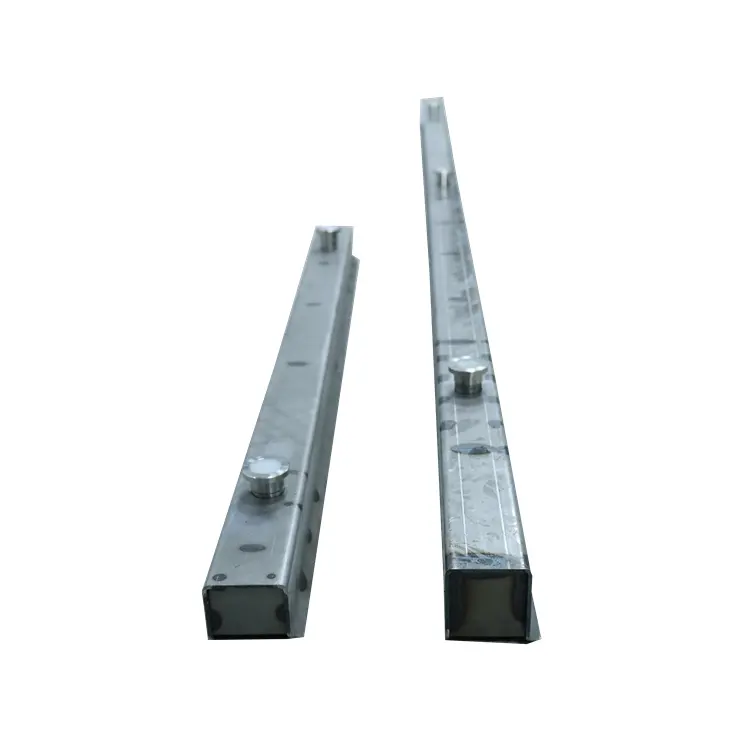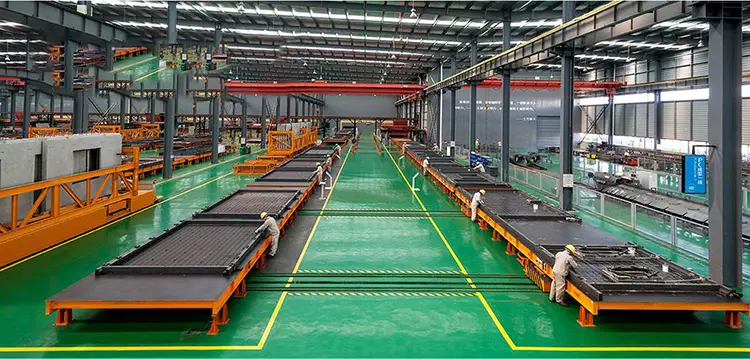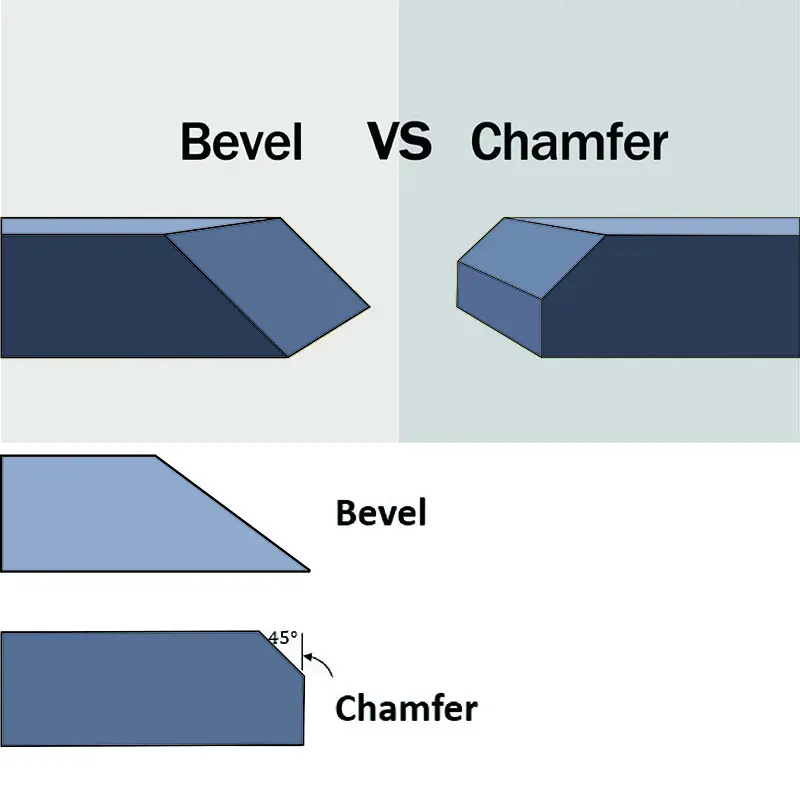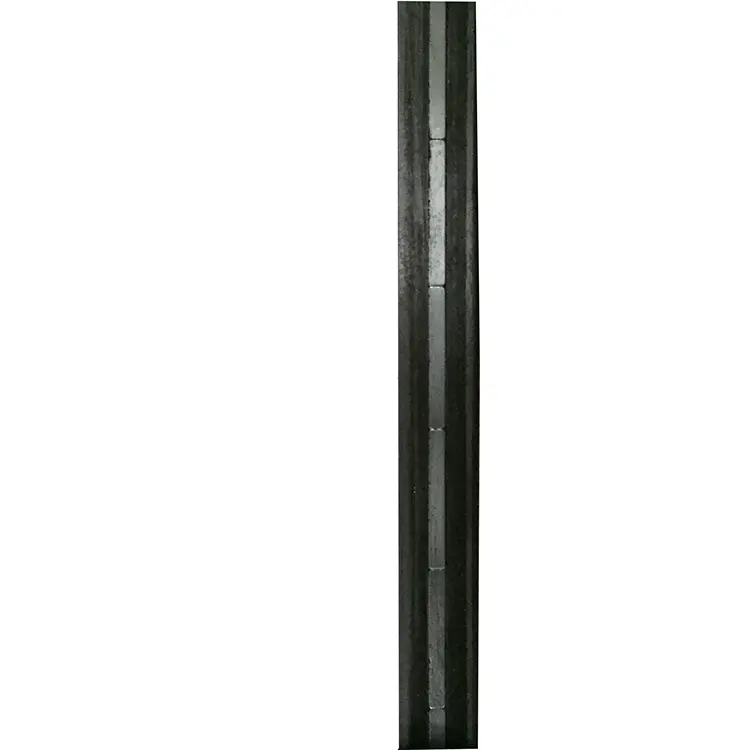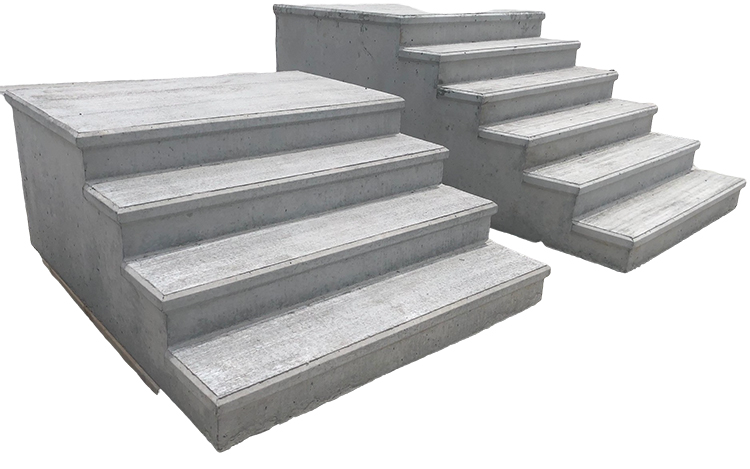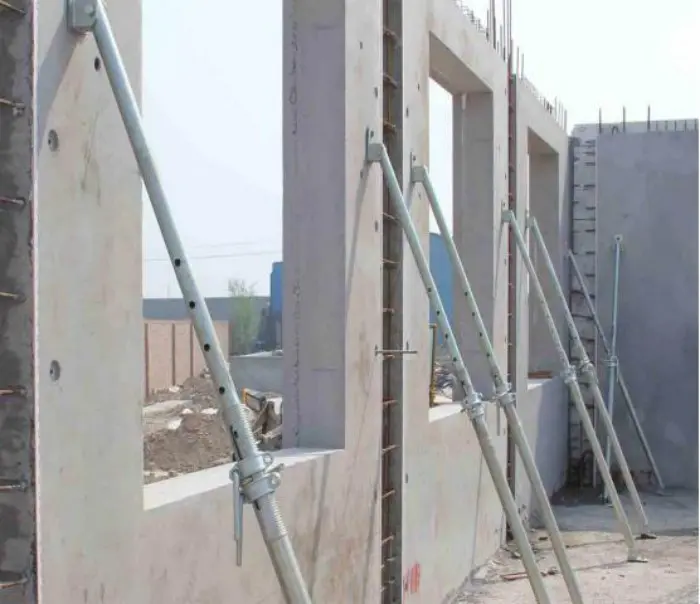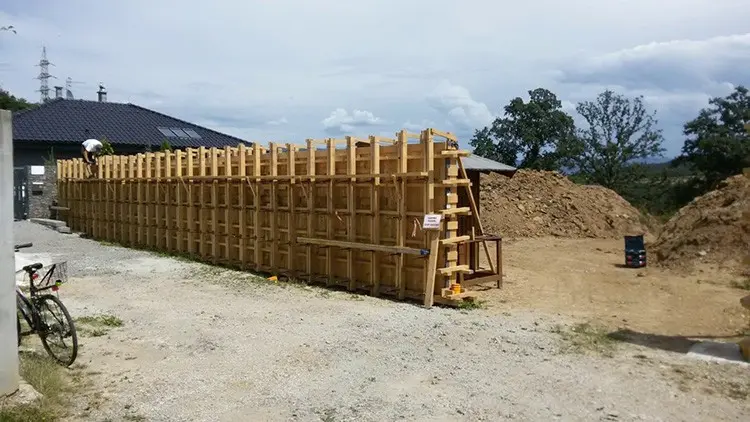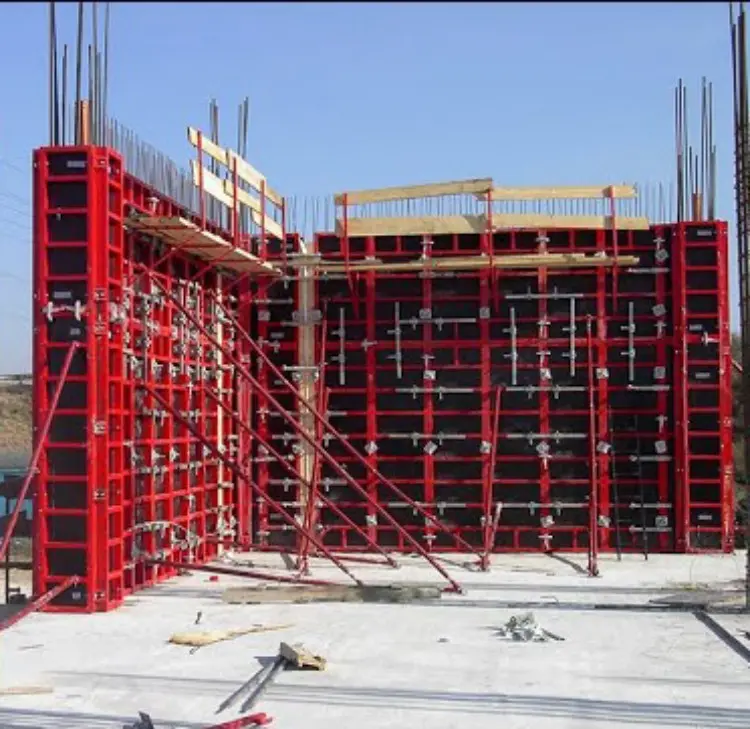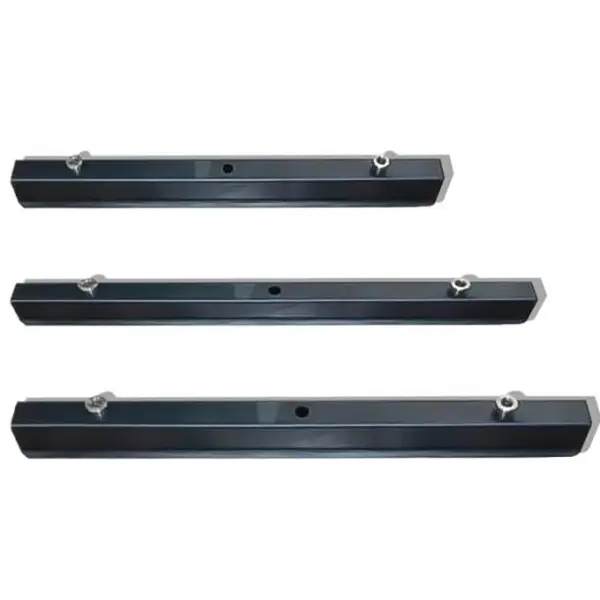How does the air gap affect the performance of shuttering magnets?
The performance of shuttering magnets is significantly affected by the presence of an air gap between the magnet and the ferromagnetic surface it is intended to hold. Understanding how air gaps influence magnetic strength is crucial for optimizing the effectiveness of these tools in construction applications.
Impact of Air Gap on Shuttering Magnet Performance
- Reduced Magnetic Pull: If the steel surface is rusted, dirty, painted, or has impact craters that cause it to be uneven, the air gap will become larger and the weaker the magnetic attraction will be. When a shutter magnet is close to a ferromagnetic surface, it can reach its maximum pulling force. On the contrary, as the distance increases, the effective magnetic force is weakened due to the influence of air or any non-magnetic material. This weakening occurs because the strength of the magnetic field diminishes rapidly with increasing distance from the magnet surface.
The following figure shows the effect of different air gap sizes on the Shuttering Magnet Pull Force.
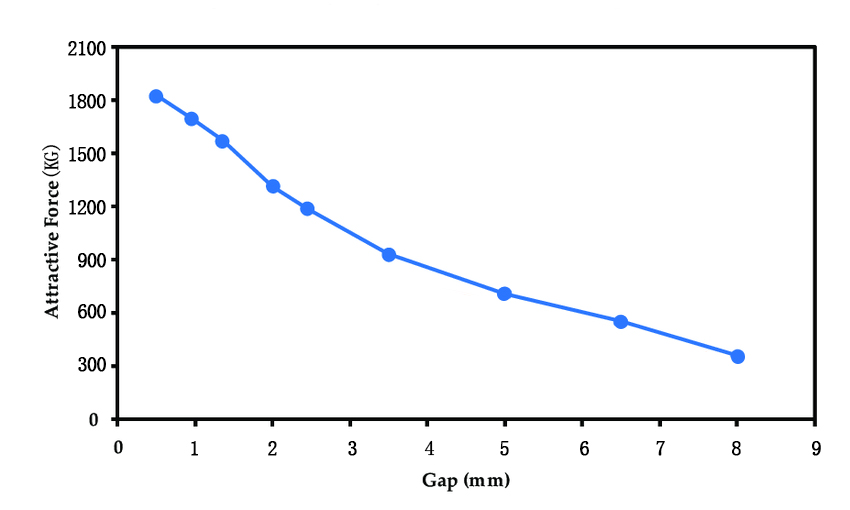
- Material Influence: The type of material creating the air gap also plays a role. Non-magnetic materials such as wood, plastic, or rubber can further reduce the effective pull force. Even coatings on magnets, like rubber or epoxy, contribute to this air gap and can diminish holding strength. Stainless steel, brass and aluminum do not have magnetic holding power and should not be used with these products.
- Precision in Application: For optimal performance, it is essential to minimize any air gaps when using shuttering magnets. Even small gaps can lead to significant reductions in holding strength, which can compromise safety and structural integrity during concrete pouring.
- Design Considerations: When selecting or designing shuttering magnets for specific applications, it is important to account for potential air gaps. If a large air gap is unavoidable, stronger magnets may be required to compensate for the loss of pull force due to increased distance.
Minimizing air gaps is critical for maximizing the holding power of shuttering magnets in construction settings. Understanding how distance and intervening materials affect magnetic performance helps ensure effective and safe use of these tools.
To achieve maximum clamping force with shuttering magnets, the thickness of the steel plate used is crucial. Here are the key considerations:
Recommended Steel Plate Thickness
1.Minimum Thickness: The minimum effective thickness for steel plates to ensure optimal magnetic attraction is typically around 10 mm. Using thinner steel can significantly reduce the holding force of the magnet, sometimes by as much as 90% if the steel is only 1 mm thick.
2.Optimal Thickness: For most applications, a thickness of 10 mm to 12 mm is recommended. This range allows for sufficient magnetic saturation, ensuring that the magnet can utilize its full pull force without losing effectiveness due to insufficient material thickness.
